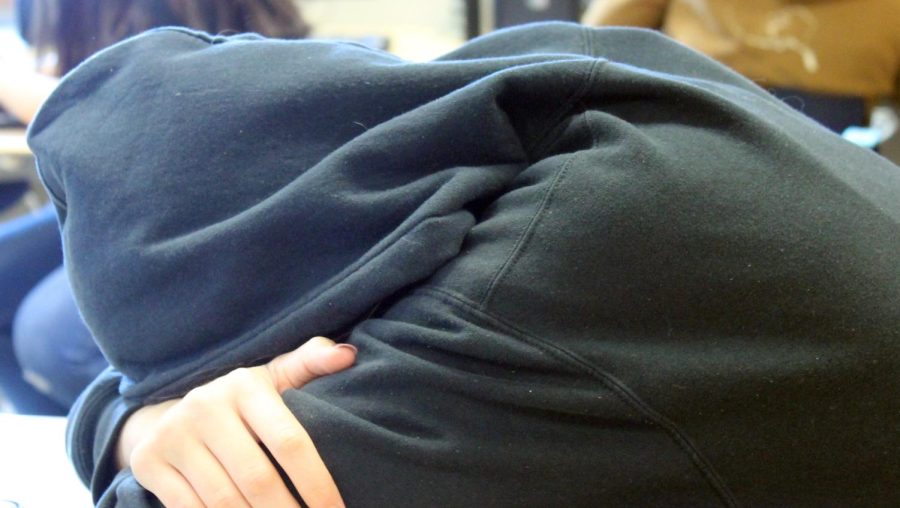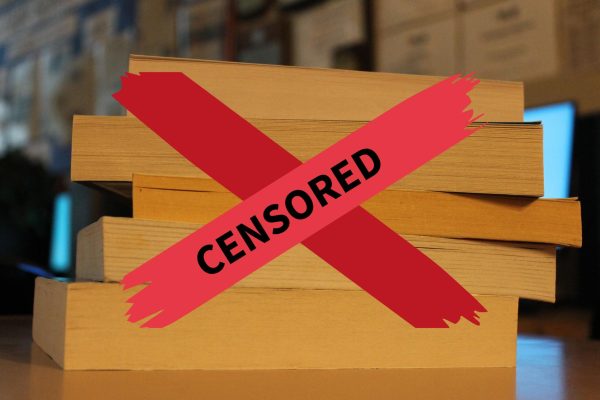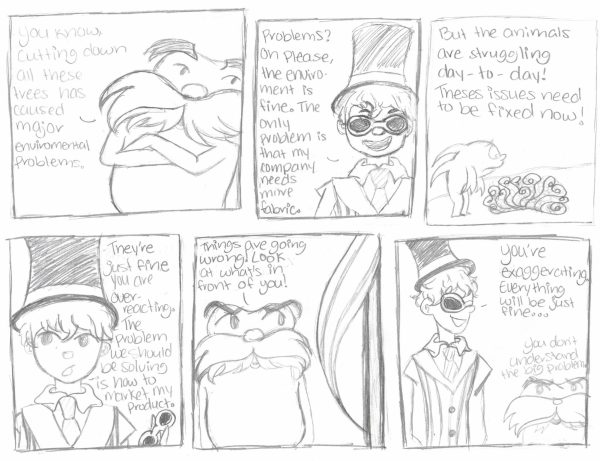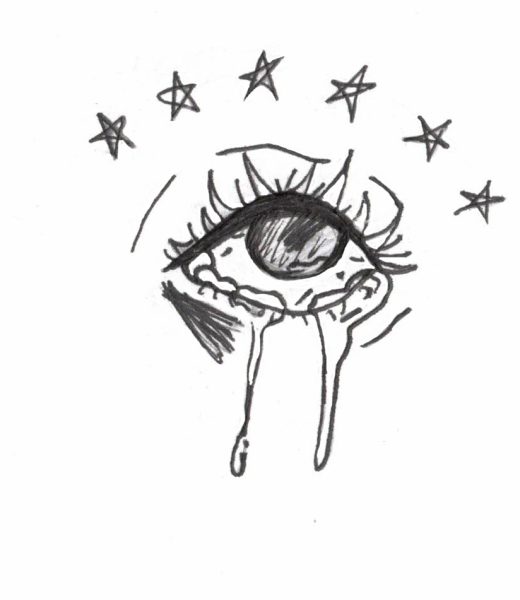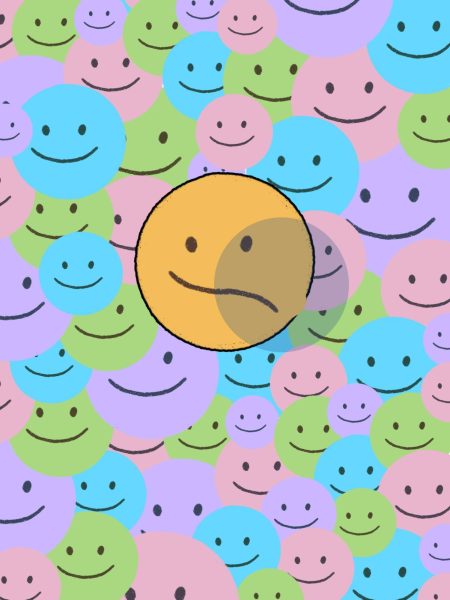Opinion: Schools Should Do More To Help Prevent Teen Suicide
School brings numerous obstacles for teens such as pressure to perform well academically, be liked by their peers and make difficult decisions, like choosing which college to go to, which puts them under tremendous amounts of pressure.
September 30, 2022
“Is there no way out of the mind?” These words written by famous poet Sylvia Plath (who took her own life at 30) capture the everyday struggles and hardships that people fight against due to suicidal thoughts and tendencies. In September, people in every corner of the world brought awareness to the struggles that themselves and others have faced due to mental illness, in honor of Suicide Prevention Month.
According to a 2022 UCLA Health article, suicide is the leading cause of death for people ages of 15 to 20 in the United States. Teens often find themselves feeling lost with no escape other than taking their own lives. Schools should do more to help their struggling students.
Adolescents are typically more suicide-prone than other age groups, due to the way the brain works. The prefrontal cortex, located in the front region of the brain, helps conscious, emotional and behavioral functioning. Neuroscience studies prove that the prefrontal cortex plays a key role in problem solving. This part of the brain does not fully develop until a person reaches their mid-20s, making adolescents more vulnerable to engage in suicidal behaviors than other age groups. Multiple changes occur in teenagers’ bodies and minds due to puberty, along with new emotional challenges that they have never faced upon entering middle and high school.
School brings numerous obstacles for teens such as pressure to perform well academically, be liked by their peers and make difficult decisions, like choosing which college to go to, which puts them under tremendous amounts of pressure. Students are experiencing academic pressure at an earlier age than ever before in history. Students find themselves overwhelmed by the amount of information they are receiving in such a small amount of time. On top of academic pressure, teens are also trying to figure out who they are and create a sense of identity. The mix of school and the growth minds go through during teenage years can result in a sense of feeling lost.
Luckily, there are counselors to help students, but many people do not understand that being a counselor is a hard job with a mass amount of responsibilities. Though counselors are there to help students, they are also busy with making schedules, helping students do better academically, working with teachers and many other important tasks. Counselors are not enough to help all of the 1 in 3 students dealing with mental health issues. In order to make help more accessible to students, schools need to offer more support. Students should be taught how to cope with emotions themselves and others face during their adolescent years, school staff needs to be taught the warning signs of poor mental health in their students, and the stigma around those suffering with mental health issues needs to disappear. If students are doing better mentally they will be happier, their grades will improve and most importantly, they won’t be at risk of taking their own life.

